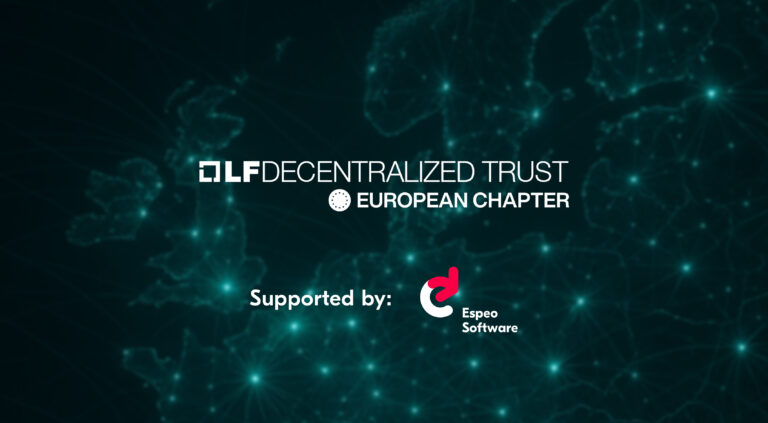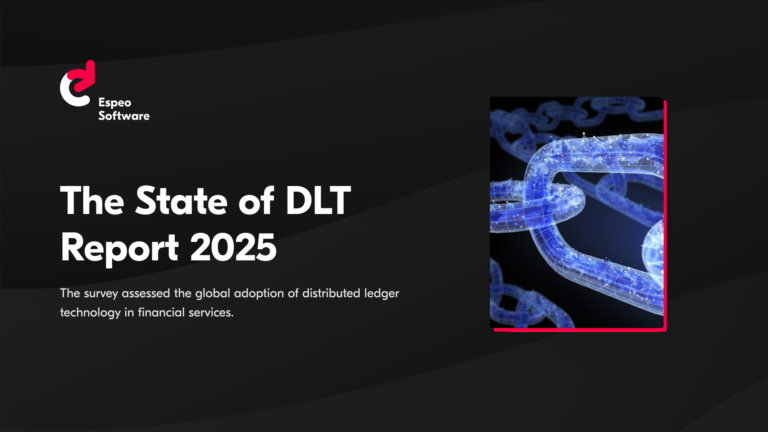In the crypto space, tokenization is the buzzword of 2018. Here in Crypto Valley, one can run into an entrepreneur tokenizing a real asset nearly on a daily basis. What’s more, many of the projects are already at an advanced stage. Therefore, it’s not unreasonable to expect that by the end of Q4 many startups from Crypto Valley will be issuing tokenized assets such as gold & silver, art, real estate, and agricultural property. Tokenization of an asset, however, is a complex process, mainly because of the tokenomics it involves. Let’s focus on a real estate ICO.
Tokenization – real estate token
The complexity of token economics can be illustrated through the example of a stable real estate token. By ‘stable’ I mean there are no large price fluctuations on the value of the token. This is a common tokenization use case in the blockchain space at the moment, as real estate is generally an illiquid asset. By tokenizing it, it’s possible to bring liquidity to the markets. So let’s try to build a real estate ICO!
For a real estate token, we would like the value to represent the actual value of the underlying asset. But how can we guarantee this? Just for the sake of example, let’s imagine that we have 100 million worth of real estate as the backing asset. We can also imagine that the ICO is capped at 100 million. Each token represents a proportion of the actual apartment, being a security token. Let’s enter the time after the ICO has been successfully hard capped and the token listed on an exchange. We need to analyze two different things: when demand is higher than supply, and vice versa.
When demand surpasses supply
As the demand grows larger than the supply, we’ll see a price increase of the real estate token. This would be an ideal situation for a utility token or a security token of a more speculative nature. However, for our purposes that would not be ideal. The value of the token wouldn’t be backed by the real estate anymore and would start to grow. Just like in the many economic bubbles in the past.
The solution for stabilizing the price would be to allow an unlimited supply of tokens to be released to the market so that the real estate token issuers would be able to issue real estate to the markets per demand. Roughly speaking, this would mean that the token issuer would have to offer an unlimited supply of tokens to the markets.
Meeting the increasing demand brings a different problem to the table – how will the newly created tokens be backed. Will there be a pool of real estate larger than what was offered in the real estate ICO, or will the issued funds be held in escrow and used to purchase more real estate? Depending on the model chosen, and on legislation, it may be possible that issuing new tokens will require financial licensing.
When supply surpasses demand
Another problem arises when there’s a bigger supply of the token than there is demand. This would happen, for example, in a situation where a major token holder decides to liquidate their position all at once. Surely, one might argue that market forces wouldn’t lead to the price of the token going below the value of the underlying asset. However, this might not be the case – what if the market actors simply would decide to wait for a lower price and join the dumping party with the expectation to buy even lower?
We can solve this problem in a couple of ways. First, if we use an ERC-20 token, we can have the liquidity mechanism using Bancor. The tradeoff is that it will tie a large amount of the ICO capital to the Bancor smart contract. Another approach would be to directly build market makers into the exchanges that are used to trade with the tokens. However, as the number of exchanges grows, it could mean spreading the liquidity reserve in multiple locations simultaneously.
Exchanging the tokens
Another question comes to mind: where is the business model in all of this? The company could focus on growing the amount of real estate and deriving a cash flow from rental contracts. It could also consider other ways of getting income. For example, it would be possible to charge a transaction fee. Depending on the technicalities, this can be done directly on a smart contract. If a smart contract solution isn’t ideal, it can be directly implemented on a customized blockchain protocol.
This leads to the next question. Would it be ideal to use an ERC-20 token and integrate it into an existing exchange platform, or would it be better to use a customized blockchain protocol? An ERC-20 token is easy to integrate into different exchanges. However, it will have the limitations of Ethereum protocol.
Real estate ICO: What about regulatory compliance?
The final big question is how to deal with KYC/AML compliance. After all, if the token is to represent actual real estate, the investors may have legal rights to dividends and to the real estate itself. Therefore, we need to have a way to vet ICO investors. Also, the ability to invest and transfer the tokens needs to be limited to identified parties. The easiest way to solve the compliance aspects of security tokens is to whitelist the identified real estate ICO investors and use exchanges that only allow identified investors to trade. If you’re considering a dedicated blockchain, these control mechanisms need to be implemented at the protocol level.
I’d be happy to talk to you about tokenization, and your real estate ICO (or any other plans to tokenize something valuable!), if you’re planning one. Write to me using the form below!





